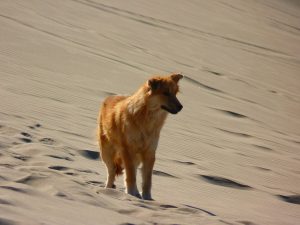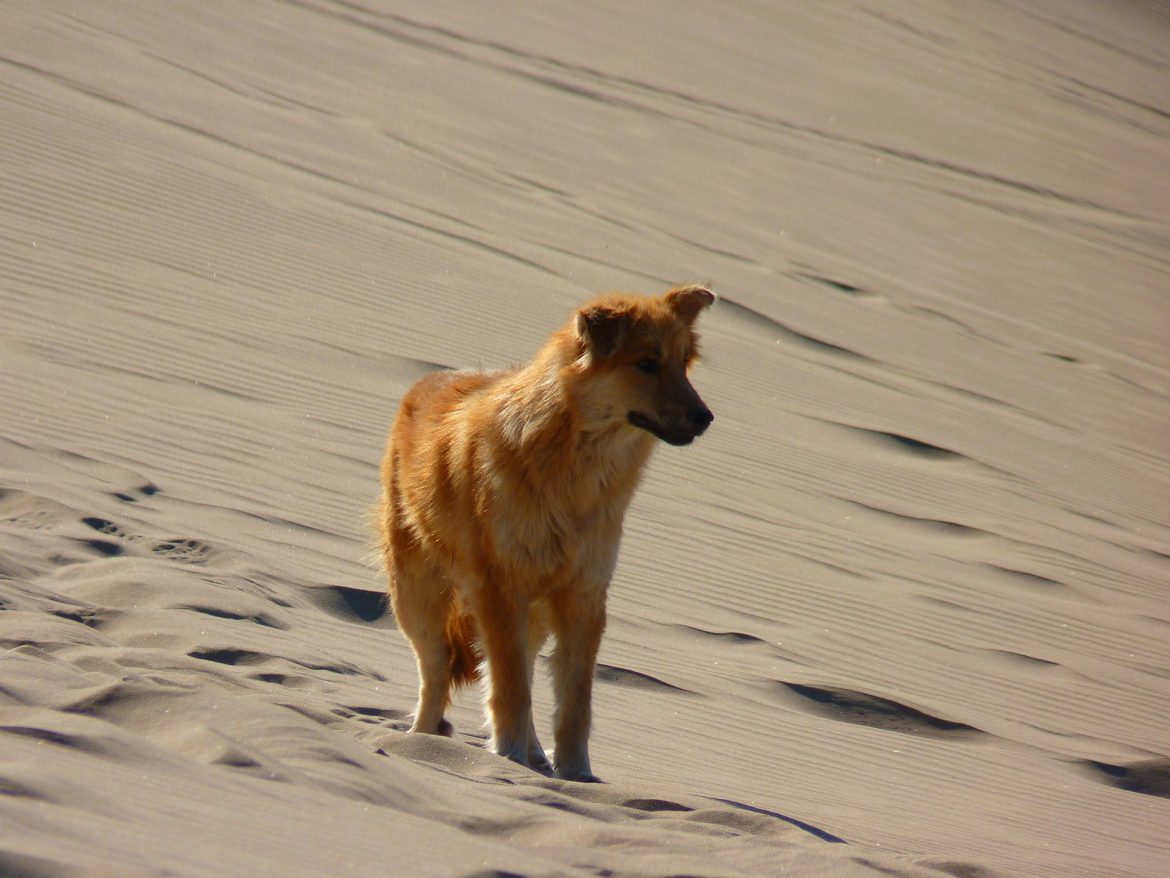Climate change is on everyone’s mind. And while global warming may have once just been one of those scary things you heard on the news, we’re actually starting to feel the effects now. There have been heat waves, droughts, wildfires, and of course, our Great Barrier Reef has been hit hard. And now, warnings are coming out about how climate change will affect your pet.
We don’t want to be all doom and gloom, here, but as responsible Pet Owners, we also want to make sure our animals are in the best health. We recently published an article on how to practice sustainable pet ownership. Now, It’s important to discuss the risks of climate change so that we can better care for our furry friends.
In this article, we’re going to talk about the key areas where pets will be affected by climate change. We’ll also share some useful tips to help your family prepare for the changes.

Let’s start with the obvious concern: heat
The first thing you think about when it comes to climate change is probably rising temperatures. Unfortunately, the danger of heatstroke for dogs, cats, and other animals is a serious risk. In severe cases, it could lead to organ failure and death. This is especially concerning if your animals spend most of their time outside.
The other risk of rising temperatures is a bit more subtle. When the heat becomes unbearable, we’re less likely to take our dogs for their much-needed outdoor exercise. Even if we bring in a trusted Dog Walker a couple of times a week, those pups may not be getting enough exercise. This, in turn, can put them at risk of weight-gain and doggy depression.
Climate change heat problems: part two
Rising temperatures don’t just have direct impacts on your pet. There are some indirect consequences, as well.
According to the RSPCA, higher-than-normal temperatures encourages harmful pest populations to grow, putting your furry friend at risk for a variety of diseases. The two big culprits are ticks and mosquitoes. When these populations balloon, we see more dogs suffering from Lyme disease and heartworm.
And there’s also the issue of food prices. Climate change related disasters like drought make food prices soar. In places like the U.S. this issue has already led to an increase in equine starvation and abandonment. Owners simply can’t afford to keep their horses.
Even if your pup or cat is on an all-meat diet, the grain used to feed the animals that go into the food bowl will likely rise with climate change. That means high-quality pet food becomes more expensive, and many owners will make the switch to cheaper brands. That could have long-term impacts on the health of your furbaby.
Other likely outcomes of climate change
What we’re learning, of course, is that climate change isn’t just heat and droughts. Changes in weather patterns are likely to throw us all for a loop. Flooding, tornadoes, cyclones, and other natural disasters may become more likely as climate change progresses. And the species hardest hit by these forces of nature? Animals.
The risks for pets include being trapped at home during one of these storms or getting separated while trying to escape. It’s a nightmare situation for any Pet Owner.
Alright, we’ve talked about the risks of climate change, now what can we do?
Now that we know the problems that will likely arise with climate change, it’s time to take action. Here are a few ways that you can protect your pet from some of the risks we’ve discussed:
- Take on the heat. When temperatures rise, make sure that you’re still giving your dog enough exercise. Take them out in the morning and evenings when it’s not so hot, or set up some water play by filling an inflatable pool with cool water. Make sure your pets always have access to fresh water to reduce the risk of heatstroke.
- Prepare for pests. Make sure that your pets are up-to-date on all vaccines and that you’ve treated them for ticks and other parasites. You can also buy insect repellent for animals.
- Start saving. It may seem like a strange thing to save for, but it’s a good idea to prepare for rising food costs. You might throw your spare change into a pet food jar so that when the time comes, you’ve got extra money to pay for the higher cost.
- Have an emergency plan in place. Everyone should have a plan in place for natural disasters, and your pets should be included, too. Emergency kits are a good place to start so that your pet has their food and medication when you leave. Also, make sure your pet has proper identification in case you get separated.
- Finally, and most importantly, take action. Fighting climate change is the single most important thing you can do to protect your furbaby. Get active in your community and do your part to be a sustainable Pet Owner.
As climate change creeps into our daily lives, it’s important to know the risks and think about possible solutions. Climate change may not be the most enjoyable topic, but it’s best to be prepared and protect your beloved pet from the effects of this global threat.

